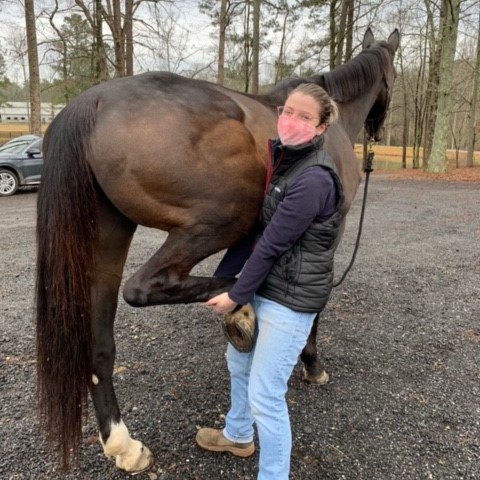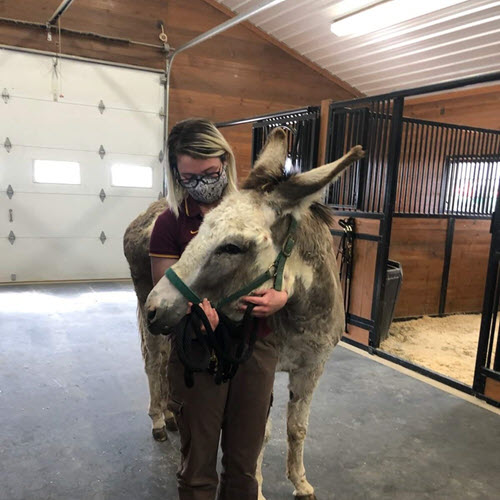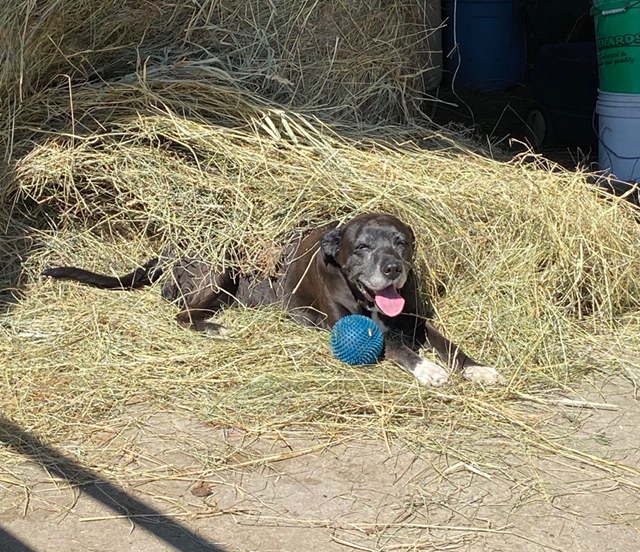Our Blog
A Diary From a Pasture Weeder
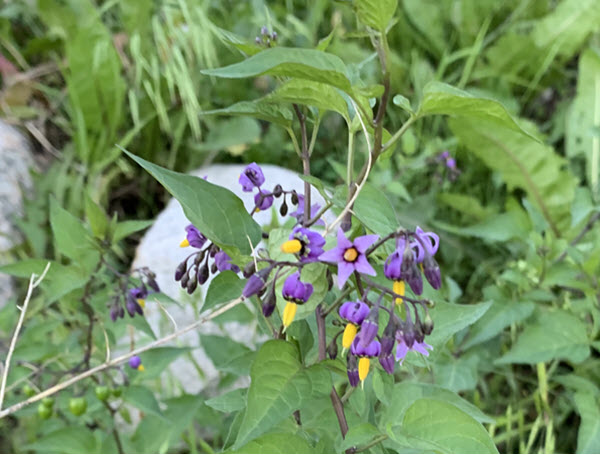
The other night, I spent an hour or so weeding. I was not weeding my flower or vegetable garden; I was weeding my horse’s pasture”by hand. We had moved in about a month ago, and I had already planned out where I wanted to put fencing, how I wanted to divide my pastures, and what fencing I was installing. My horse was moving here the next weekend, and I still had a lot of work to do. There are many things to think about when converting an acreage into a safe home for your horse. I had already planned for many things, but until I moved in, I hadn’t had a chance to take one final step. I had to ensure my pastures were free of noxious weeds. After an extensive survey, I located three potential hazards: hoary allyssum, night shade, and maple trees.
I attacked the night shade first. Night shade is a small flowering plant that grows about knee to thigh high. Its bright purple flowers surround a luminous yellow stamen that pops out at you from the underbrush in which in grows. Broad lancelet-shaped leaves grow out from the plant’s strong stem. Lower down on the plant, I could see the flower manifestation of green berries that will soon turn either black or red. I snapped a picture of the plant, and then snagged it from the ground ensuring I pulled up its root system. Although most toxicosis cases from this plant are reportedly from seed contamination in grains or oats, it’s a very good idea to remove it from pastures, not only to help control the spread of the plant, but also because its toxins are very potent and a small amount can cause problems. Signs of toxicosis include colic, decreased appetite, and excessive salivation.
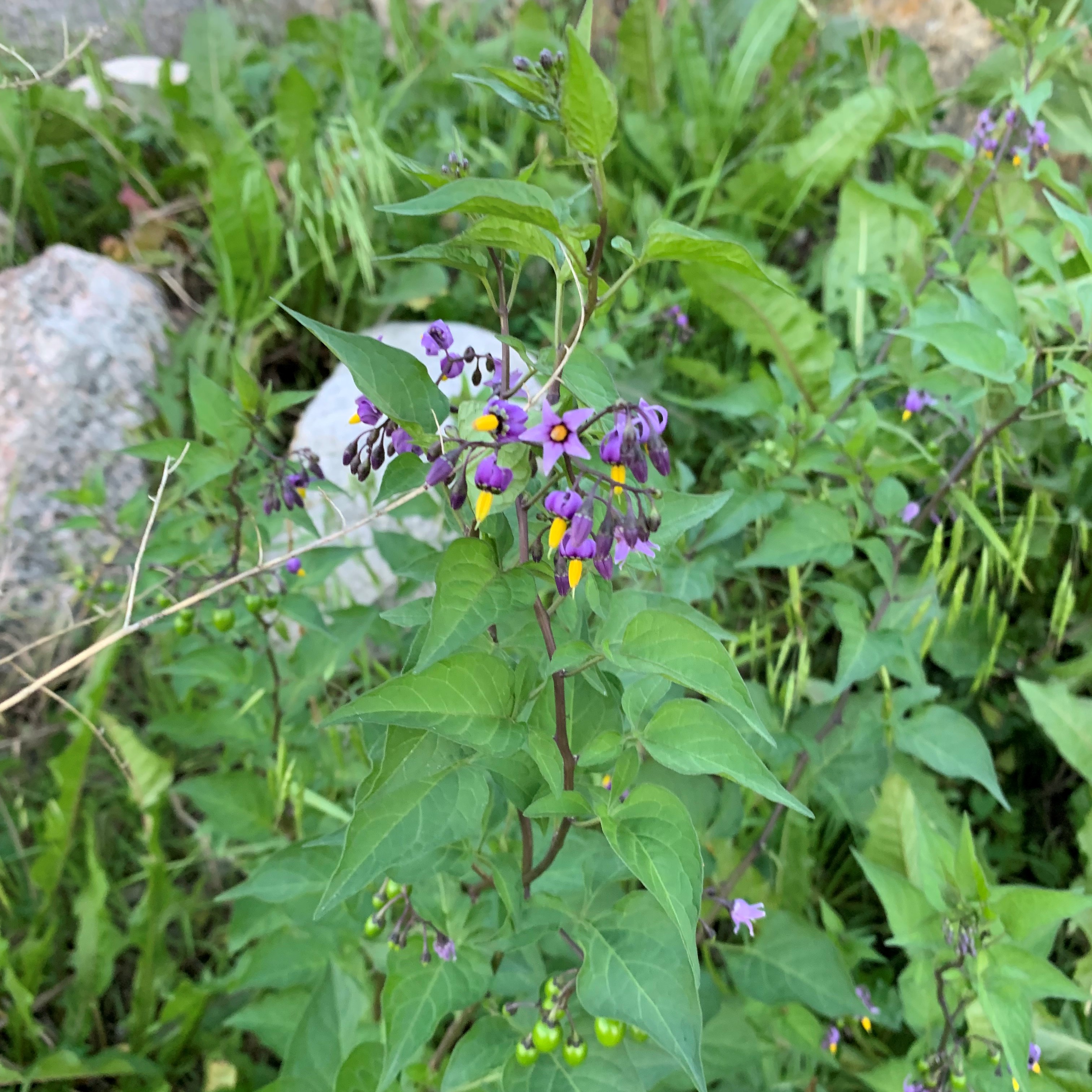
One plant down, two more to go. The shear density of hoary allyssum in my pastures was a bit daunting at first. It was by far my most numerous noxious weed to eliminate. Already flowering in my pastures, the small white bushy flowers stood out among the green grasses so I could spot them easily. Fortunately, hoary alyssum often grows in a large bunch, so pulling out one root system eliminated a large, bushy plant. This plant also loves well drained, loose, sandy soils, so yanking them free was relatively easy. Thank goodness they don’t like a thick matt of black loam! Although this plant mostly causes problems when its baled in hay, it’s a good idea to eliminate it from your pastures before the plant seeds and germinates leaving you with an even larger problem next year. If the plant is present, there’s always a chance your horse will eat it even if it isn’t the most palatable forage available, so why not eliminate it before he has a chance? Hoary alyssum can cause horses to have a fever, stock up, act lethargic, and even develop acute laminitis. If we see these signs in your horse, especially in the winter, you can expect us to be rummaging through your hay looking for the plant.
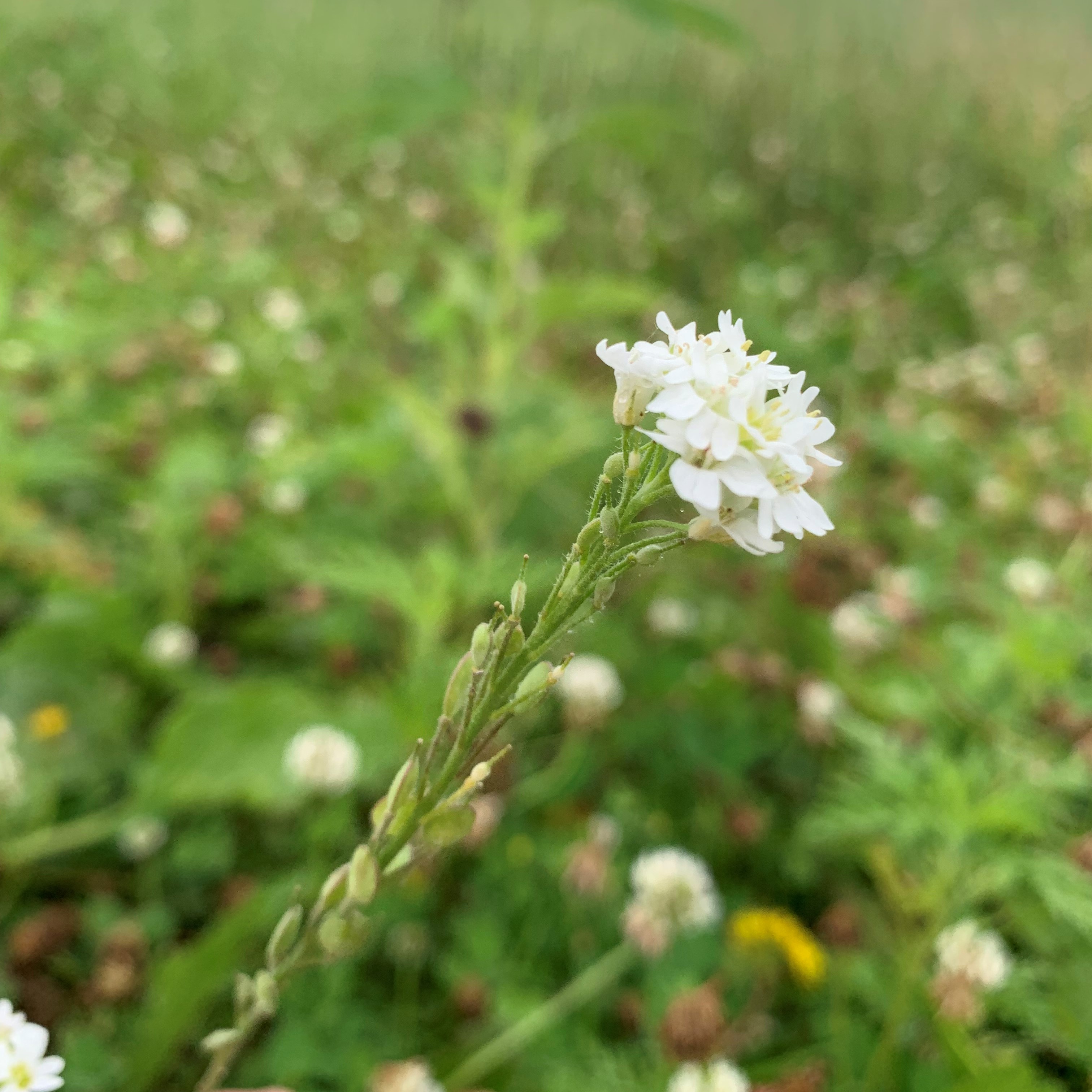
On to my last plant of concern: maple trees. The good news is fresh leaves don’t tend to be toxic, but the dry, wilted leaves do cause toxicity. The University of Minnesota Extension office (see link below), does not recommend cutting these trees down (they do offer wonderful shade after all) but rather trimming the trees so leaves are out of horses’ reach and removing wilted leaves from fall shedding or downed limbs from storm damage. Young trees should be fenced off. Wilted maple leaf ingestion can cause kidney failure, so signs will consist of lethargy, dark red/brown urine, depression, increased pulse and respirations, and possibly death. I’ll be shifting my horse to maple free pastures once the leaves start to fall.
For all of these plants, and any other noxious plants in pastures, removal is often more effective than spraying. Spraying can often require multiple applications and may not as be effective as pulling or mowing weeds before they flower and germinate. Therefore, chemical control of noxious weeds should be reserved for large infestations where physical removal is impractical. Remember contamination does not only occur in pastures, but also in other feed sources such as grains and hays, so it’s important to check feed and hay as well. However, contamination always begins in the field, so proper pasture observation and management is ground zero for controlling plant toxicosis in horses. Finally, if you suspect your horse has ingested a noxious weed, call your veterinarian for proper advice and treatment.
*The information for this blog came from the University of Minnesota Extension service. They have a very informative publication on poisonous plants in the upper Midwest. That publication can be found here: https://extension.umn.edu/horse-pastures-and-facilities/plants-poisonous-or-harmful-horses
